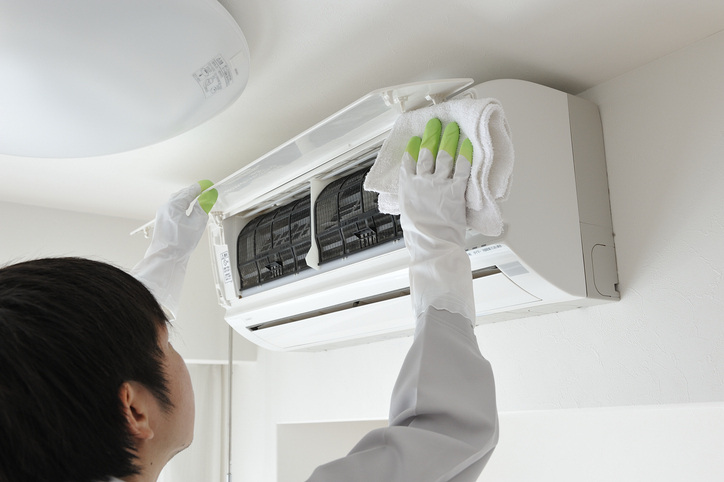
How HVAC Maintenance Can Help Reduce Allergies
Do you regularly have a stuffy or dripping nose? Do your eyes often water or itch? Have you experienced frequent skin rashes? If you answered affirmatively to most/all of these questions, you may have allergies. You are not alone! Approximately 81 million people in the United States suffer from seasonal allergies. Fortunately, there are steps you can take to reduce/eliminate your symptoms. The HVAC system in your home is a key component in some of these steps.
How Can My HVAC System Help With Allergies?
The heating, cooling, and ventilation system of your home may reduce allergy symptoms by:
- Filtering air: To help reduce allergens and airborne particles in your home, replace your HVAC’s basic filter with a HEPA filter (high-efficiency particulate air filter). It traps 99.97% of particulates that are 0.3 microns or larger (dust, pollen, dander, mold, etc.). Large pieces are trapped in a fiber formation. Small particles bypass the fiber network and are stuck on the filter itself. Choose a HEPA filter with a MERV value of 13 or more and change it every 1 to 3 months.
- Efficient operation: Your HVAC unit must operate efficiently to provide clean indoor air. Ensure ductwork, electrical components, connectors, drain lines, coils, filters, blowers, fans, safety controls, and the thermostat are checked by a professional on an annual basis. Take care of blockages and leaks that compromise filtration and airflow. Regular cleaning and maintenance are key to reducing allergies.
- The addition of special technology: Consider installing a UV (ultraviolet) germicidal light. This technology destroys RNA and DNA, making it difficult for airborne bacteria, viruses, mold, and microorganisms to replicate, reducing the spread of allergens.
- Maintaining proper humidity: Too high moisture promotes mold growth and increases the number of dust mites. Too low makes allergen particles dry, promoting their circulation. Maintaining optimal humidity (between thirty and fifty percent) prevents mold growth and slows the reproduction of dust mites. It reduces the number of water droplets that assist in the spread of germs and allergens. Add a humidifier/dehumidifier to your home’s heating, cooling, and ventilation system to ensure optimal humidity.
- Providing good ventilation: Proper ventilation circulates/removes allergens. Ensure your ducts and ductwork are clear of debris and dust. Put your HVAC fan on the circulation setting, moving air through your filter and reducing indoor allergens.
Let McMillin Air Assist
If members of your household are sensitive to airborne allergens, McMillin Air can help. Our qualified maintenance and repair technicians ensure your HVAC unit is operating efficiently. We sell, install, and service high-quality air purification systems. Contact us for help reducing your seasonal allergy symptoms!


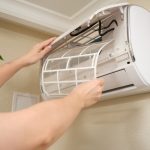
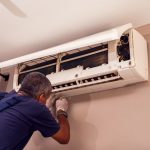
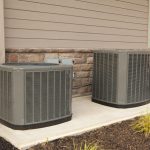
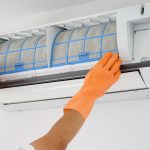


0 comments